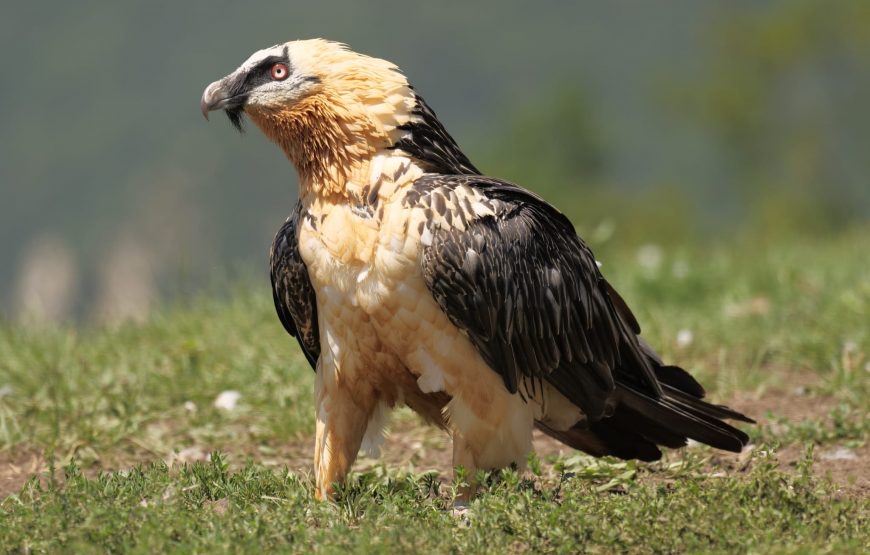from 0 review
5 days / 4 nights
Specific Tour
8 people
English, Espanol


SPAIN’S LARGEST NATURAL PARK, CAZORLA, SEGURA & LAS VILLAS offers some of the best wilderness landscapes in the whole Iberian Peninsula, and it is here we offer the opportunity to see the Lammergeier soaring freely amongst the high sierras of Andalusia. There are currently 25+ of the species living in the wild here, fruit of the reintroduction project – an iniciative whose origins lie in the disappearance of the species in the nineteen eighties as historical resident in the park. The disappearance of this emblematic bird galvanized feelings towards the need for a heightened awareness regarding conservation, resulting in the breeding centre and other such programmes.
From May to September we’ll be able to get close up to the birds, as we have access to the centre, with the added bonus of permitted photography for those who should wish.
Reaching an impressive altitude of over 6,800 feet, the natural park is home to a landscape of rocky peaks, sheer cliffs and gorges, magnificent waterfalls, and one of the largest reservoirs in Andalusia, El Tranco. In such dramatic and varied wilderness you might expect an abundance of nature, and such is the case.
125 species of birds, 36 species of mammals, 19 families of reptile, 10 varieties of amphibians, and 9 species of fish. The park possesses a remarkable variety of plants with 2,171 species, of which 35 are endemisms unique to the park. 130 species of butterfly underline the extraordinary wealth of nature to be found and enjoyed in one of the most biodiversified regions in all of Europe and birthplace of the legendary River Guadalquivir.
Information
Cazorla, Segura and Las Villas N P is the largest Natural Park in Spain and second in Europe. It is located at the East of the province.
Moving the clock forward to the 80’s, it was identified by UNESCO as a biosphere reserve. The EU then recognized it as an area of Special protection for Birds. In 1986 the Spanish government declared it a Natural Park.
The geology of these sierras is formed by limestone, with dramatic landscapes of sheer cliffs, gorges, waterfalls and streams of crystal clear water. The most typical woodland is Pine forests, and the park boasts yet one more superlative as home to the largest expanse of forest in the whole Iberian Peninsula. In the park, there is a total of 2,170 separate species of plant of which 35 are endemism.
The park is also known for being the birthplace of the River Guadalquivir. Kind off paradoxically, way back in the 18th century, the sierras was declared a maritime province, serving as it did both military and civil construction. The timbers were used in the construction of naval vessels, and the old tobacco factory in Seville is a present day example which pays testimony to those times.




Leave a Reply